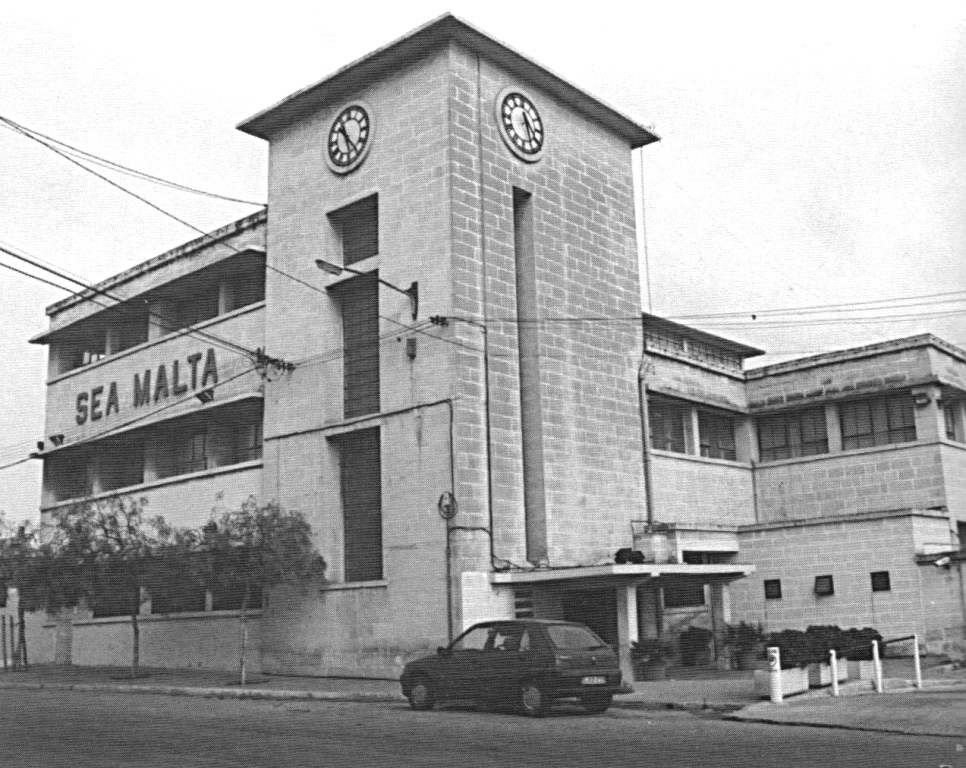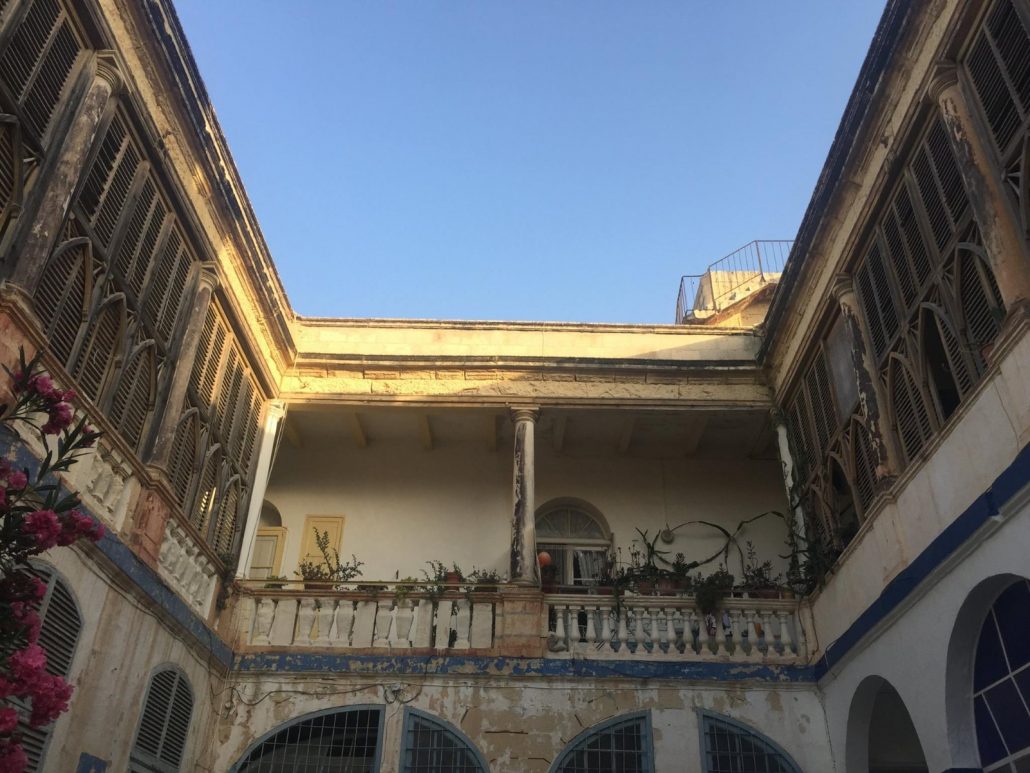Over the past two weeks, the Kamra tal-Periti, together with various NGOs, have issued a number of statements regarding the destruction of two specific buildings of architectural, historic and cultural value, namely the ex-Sea Malta / NAAFI building in Marsa, and Villa St Ignatius in St Julian’s.
The most worrisome aspect of these cases is the fact that the demolition works were carried out with the blessing of or, at best, the ineptitude of the Planning Authority, in direct violation of its legal obligations, in a manner which manifests complete disregard of procedure, and a propensity for resorting to false statements and half-truths to defend its own decisions.
In the case of the ex-Sea Malta building, the Authority permitted the demolition of a substantial part of a fine modernist building on the strength of a permission issued under LN 258 of 2002 Development (Removal of Danger) Order and in clear violation of the provisions of such Legal Notice. In fact, the only justification provided was that the condition of the building was such that “remedial measures to strengthen the existing building are clearly not financially feasible”. If financial feasibility starts to become a justification for accelerated demolition approvals, we are truly headed towards the obliteration of our built heritage.
The Kamra tal-Periti reported this case to the Commissioner for Environment and Planning within the Office of the Ombudsman. On the 24 November 2017, the Commissioner wrote to the Executive Chairman of the Planning Authority and to the Chairman of the Planning Board, stating that “A preliminary investigation of the relative file approving the part demolition of this building as per DS 212/17 shows various anomalies in the way this permit was issued and hence merits the SUSPENSION OF THIS PERMIT WITH IMMEDIATE EFFECT until the Planning Authority makes certain verifications … (and that) the permit should also be revoked”. It is our understanding that, to date, the Authority has not responded to this correspondence, let alone acted on the Commissioner’s requests.
Sadly, this historic building is now badly dismembered as a direct result of the Authority’s failure to recognise its error, to ignore repeated calls for the works to be stopped, and to blatantly ignore the findings of the investigation carried out by the Commissioner. This behaviour can only be described as an utter disgrace, and a clear signal that the Authority believes itself to be above the law.
Villa St Ignatius has also suffered the onslaught of the demolition crew, with videos circulating on social media over the last weekend showing the wholesale destruction of parts of the Villa, in clear disregard of building regulations, and health and safety regulations, and in clear breach of permit, which permit, in itself, has a number of failings. In this case, the Planning Authority authorised works to be carried out strictly in accordance with a Court order issued earlier this year, however once works began on site and were reported to the Authority, the latter failed to issue a stop notice and an enforcement notice, and failed to declare the Dangerous Structure permit null and void in accordance with Regulation 5 of the Legal Notice in view of the fact that “the works are not being carried out in strict compliance with the terms of the authorisation.” Instead, by failing to take all necessary action, the destruction of this building continued uninterrupted.
The above two examples are nothing short of alarming. The Planning Authority has the responsibility towards society to ensure that the Legislation it operates under is fully respected, and especially to ensure that on-going development does not imperil our diminishing built heritage. It is also of grave concern to note that, unless a property is specifically scheduled, the Authority appears to ignore any aspects worthy of conservation, when it is the Authority itself which is responsible for scheduling, and when it should be part of the due consideration undertaken by it at application stage to assess whether there are any parts worthy of preservation. Sadly, the lack of scheduling appears to be considered as a licence for wholesale destruction and obliteration of our fragile heritage, which goes well beyond the formal list of scheduled properties.
This country has many rules and regulations on paper, often uncoordinated; it is therefore easy for such rules and regulations to be ignored with impunity. When faced with those who act with impunity, we seek the protection of the law – in this case, it is those who are tasked with ensuring that the law is upheld who are the very ones acting in complete disregard of their obligations as public officers.
In other countries, when heritage buildings are destroyed in defiance of regulations, the Courts order a reconstruction! We expect that immediate action is taken to ensure that the situations outlined above are reversed, and that the necessary measures are taken to safeguard our built heritage from further destruction under the guise of permitted development.




